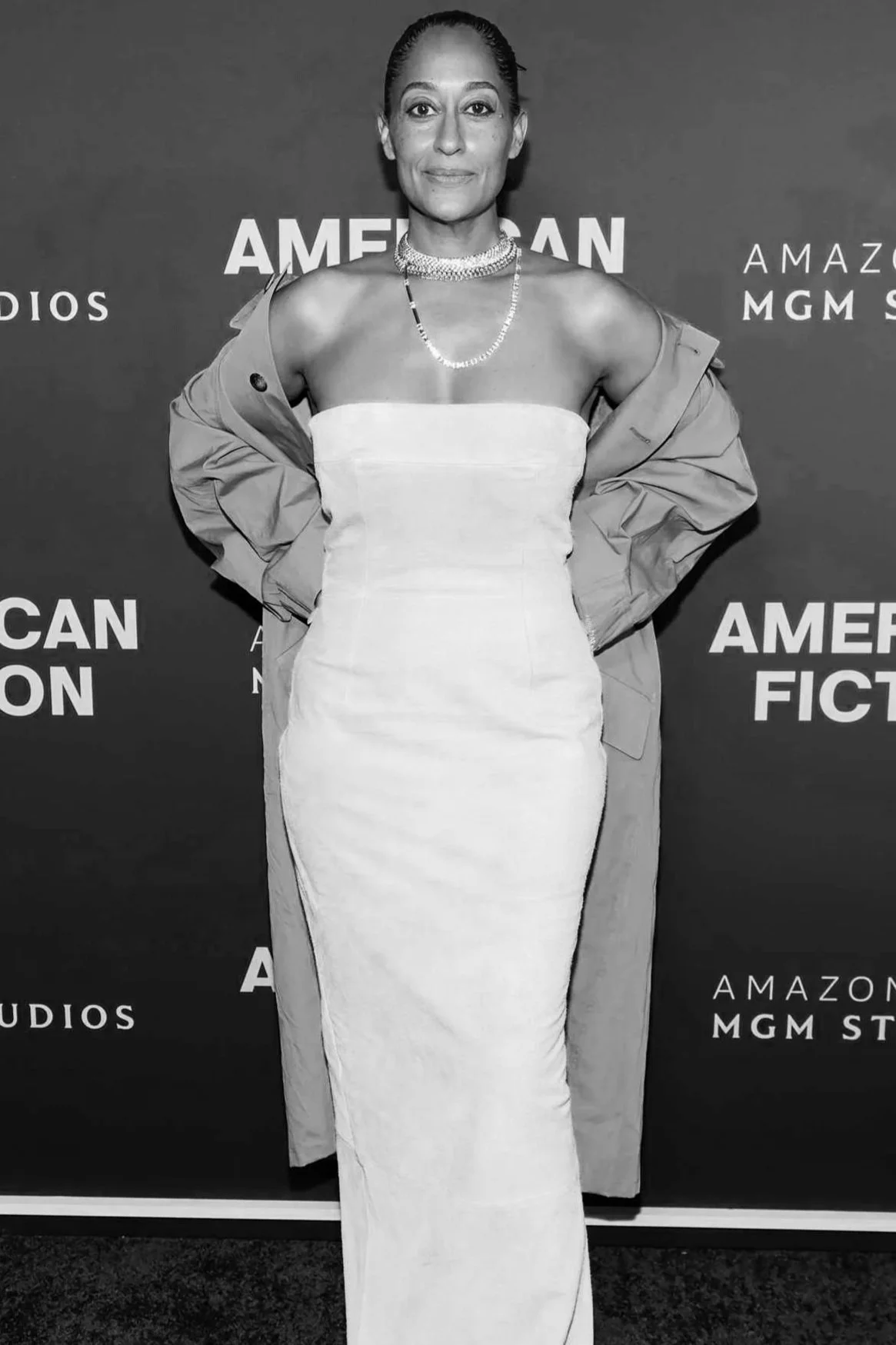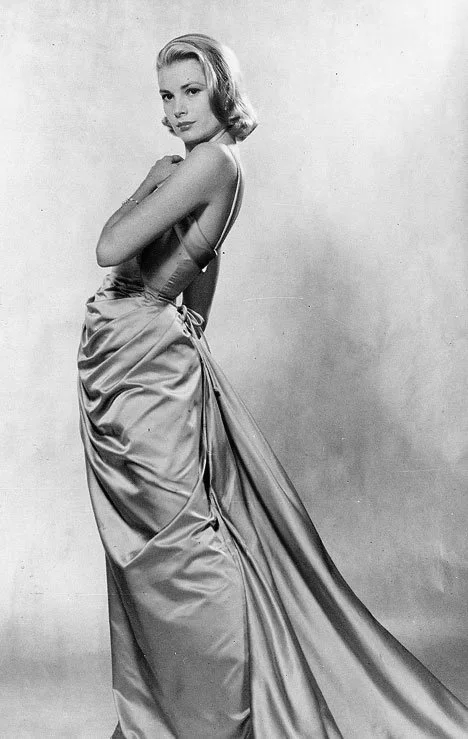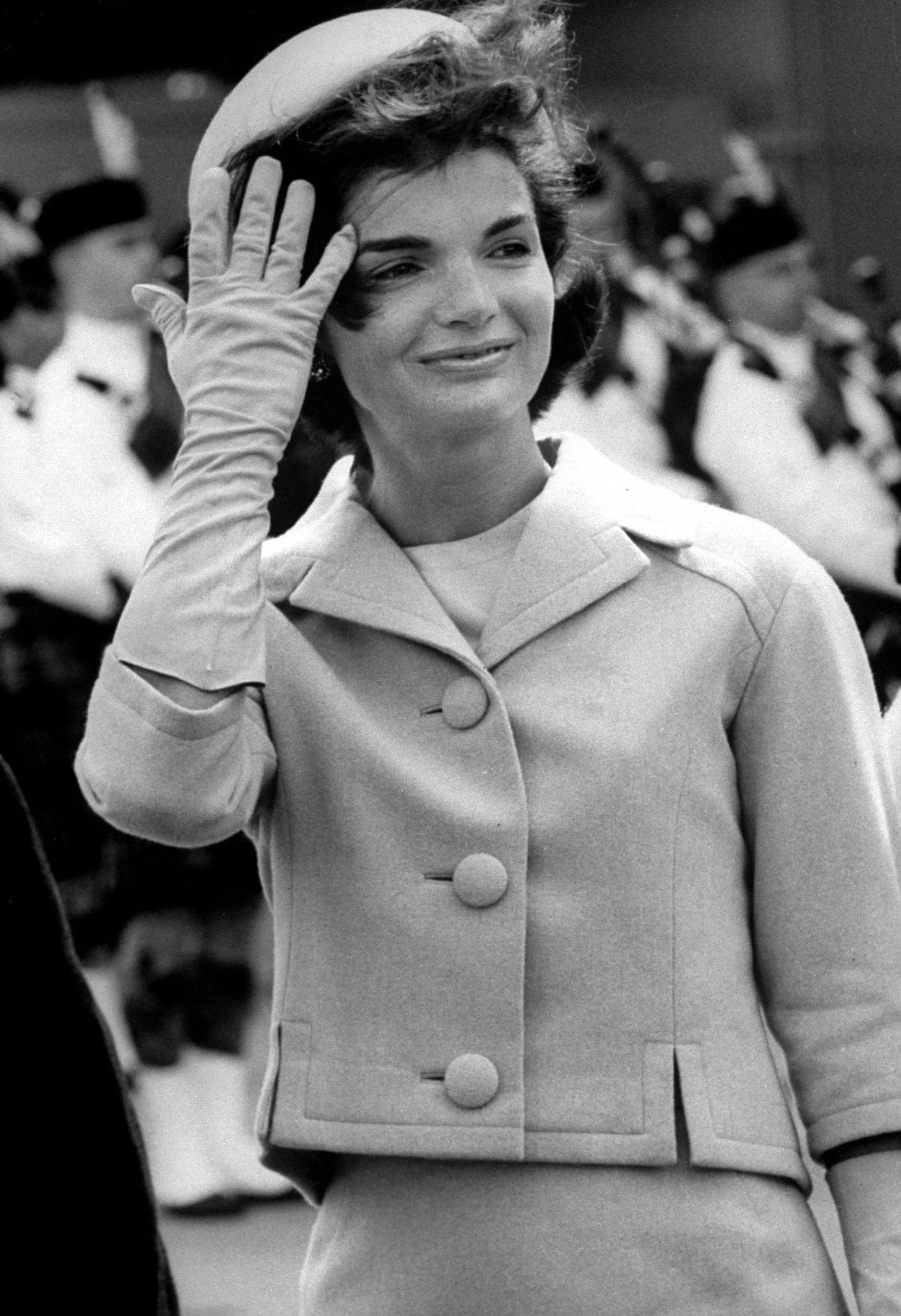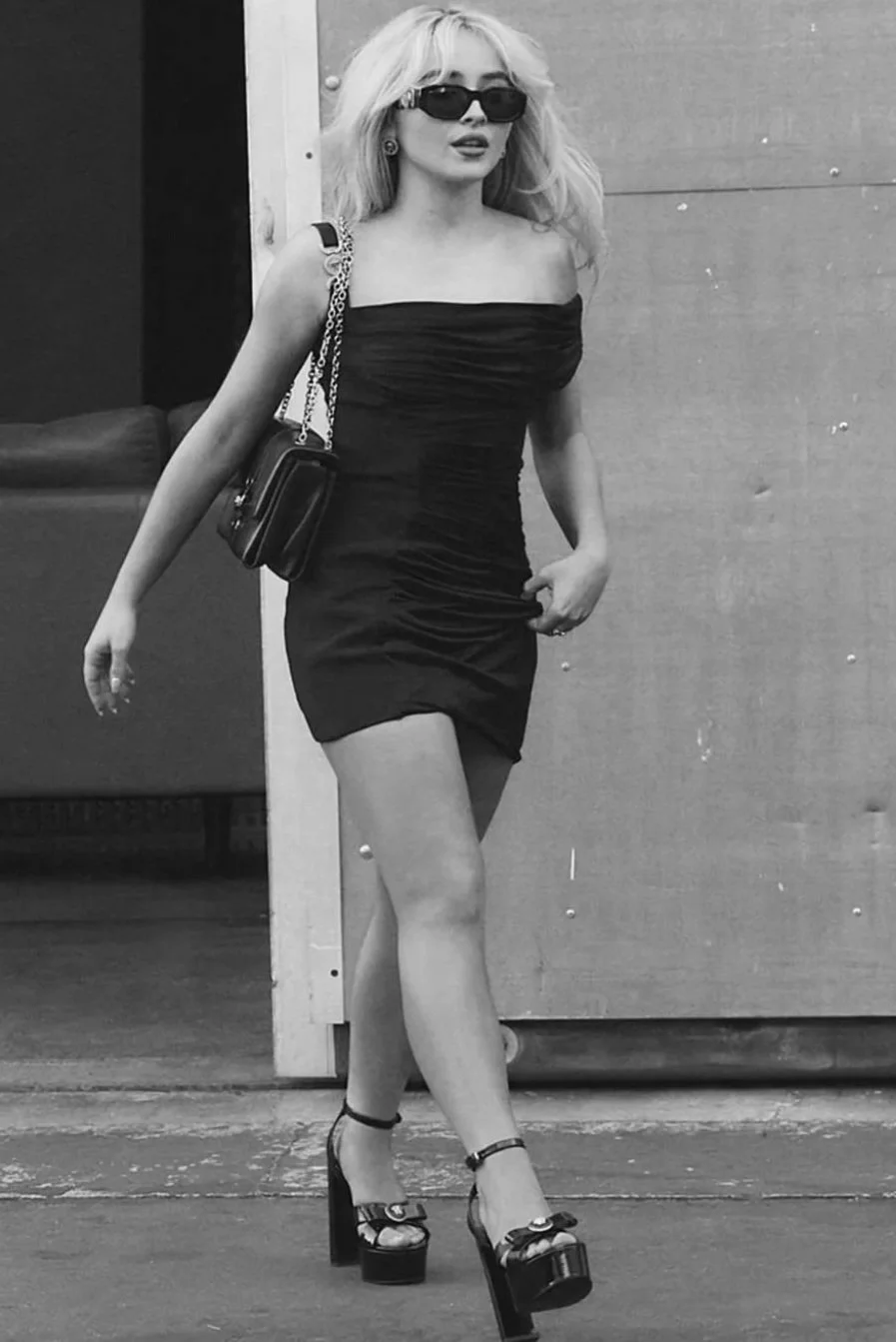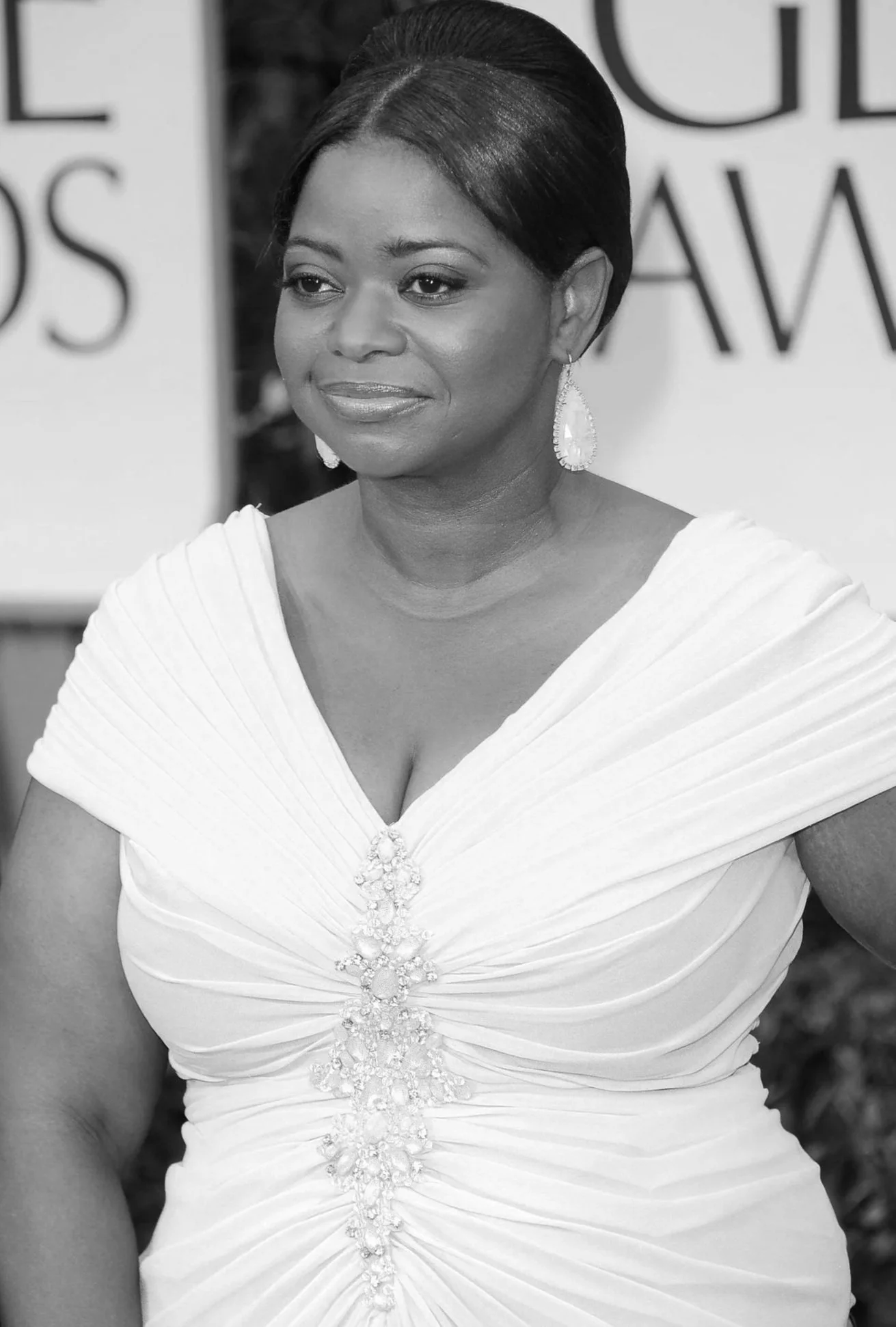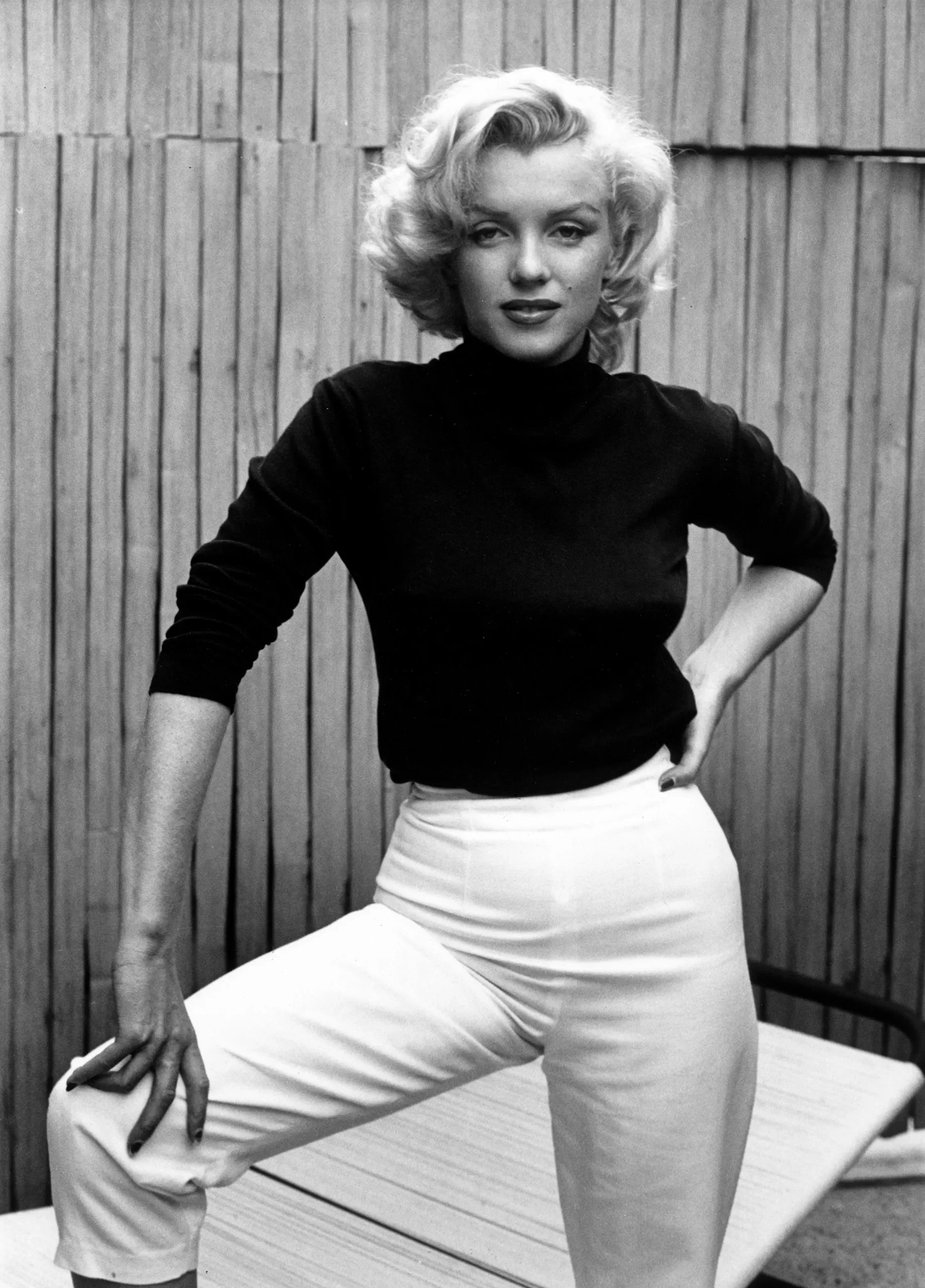Your Kibbe Body Type
What is the Kibbe Body Type System?
It’s difficult to live in a world that constantly glorifies one specific body type. Every few years, society seems to shift its ideals—one moment celebrating “Kim Kardashian curves,” and the next obsessing over being “Ozempic-skinny.” These ever-changing trends send a harmful message, especially to young girls and women, implying that their worth depends on whether their bodies fit what’s currently popular.
But the truth is, there shouldn’t be an ideal body type at all. Our bodies are naturally diverse, and that diversity should be embraced, not judged or ranked. Instead of chasing unrealistic standards, we should focus on feeling confident and comfortable in the bodies we were born with.
One healthy way to reframe how we view our bodies is through systems like the Kibbe body type system. Created by image consultant David Kibbe in the 1980s, it takes a holistic approach to understanding body shapes. Rather than promoting a single ideal, it considers bone structure, flesh distribution, and facial features to help individuals discover their unique balance of “yin and yang.” The goal isn’t to change your body but to enhance your natural proportions and express your authentic self through what you wear.
In the end, true beauty isn’t about fitting into trends—it’s about self-acceptance, confidence, and honoring the body you have.
You can take a quiz here
1. Dramatic
Tilda Swinton is a dramatic
Characteristics: Long vertical line, sharp angular bone structure, small to moderate waist, narrow chest, long arms and legs.
Styling: Emphasize your sharp lines with long, lean silhouettes, vertical details, structured jackets, and clean tailoring. Avoid excessive frills or bulky fabrics that can overwhelm your frame.
Why it matters: Your long, angular frame allows you to carry elongated cuts and minimalist styles beautifully; fitted waists and narrow shoulders help maintain balance, while long limbs are perfect for trousers, coats, and sleek sleeves.
2. Soft Dramatic
Adele is a soft dramatic
Characteristics: Long vertical line, angular bone structure softened by body flesh (especially around the chest and hips), full bust, defined waist, long arms and legs.
Styling: Combine the elegance of Dramatics with soft, flowing fabrics; draped dresses, belted waists, and statement shoulders enhance both height and curves. Avoid stiff, boxy cuts.
Why it matters: Your angular bone structure gives vertical drama, but your softness needs fabrics that flow over curves, highlight the waist, and balance a full chest. Long limbs allow for floor-length or tapered designs.
3. Natural
Priyanka Chopra is a natural
Characteristics: Moderate to broad bone structure, slightly muscular or blunt shoulders, straight waist, moderate chest, balanced limbs.
Styling: Favor relaxed, unstructured silhouettes with simple lines. Linen, cotton, and draped fabrics work well; avoid overly tight or frilly clothing.
Why it matters: Your bone structure can carry soft tailoring and casual layering; a straight waist and moderate limbs suit looser cuts that emphasize natural symmetry. Broad shoulders can handle slightly structured tops without exaggerating.
4. Soft Natural
Jennifer Lopez is a soft natural
Characteristics: Slightly broad or blunt shoulders softened by body flesh, rounded waist, full bust, and moderate to long limbs.
Styling: Choose garments that add subtle structure while highlighting natural curves: belted waists, soft tailoring, and slightly draped fabrics. Avoid boxy, rigid cuts.
Why it matters: Your soft frame looks best when clothing follows natural lines; waist definition emphasizes curves, moderate shoulders support gentle tailoring, and balanced arms/legs let you wear both flowing and fitted silhouettes.
5. Flamboyant Natural
Tracey Ellis Ross is a flamboyant natural
Characteristics: Broad, angular bone structure, long vertical line, moderate to long limbs, straight waist, moderate chest.
Styling: Opt for strong, bold lines, unstructured or slightly oversized pieces, and angular jackets. Keep fabric light to medium; avoid tiny prints or excessive frills.
Why it matters: A long, broad frame can handle statement shoulders and elongated cuts; a straight waist and long limbs allow layering and bold proportions without overwhelming the body.
6. Classic
Olivia Munn is a classic
Characteristics: Balanced bone structure, moderate height, symmetrical shoulders, moderate chest, defined but not tiny waist, proportionate limbs.
Styling: Choose symmetrical, well-proportioned pieces; tailored dresses, fitted jackets, pencil skirts, and clean lines are ideal. Avoid extremes in volume or slouchy shapes.
Why it matters: Your body’s balance can wear nearly any proportion; the key is maintaining symmetry, subtle waist definition, and moderate sleeve/pant lengths that complement your balanced limbs.
7. Soft Classic
Grace Kelly was a soft classic
Characteristics: Balanced bone structure softened by slight body flesh, slightly rounded waist, full bust, moderate limbs.
Styling: Add soft draping or slightly curved silhouettes to emphasize your gentle femininity; fitted jackets, belted dresses, and soft fabrics enhance harmony. Avoid overly stiff or oversized shapes.
Why it matters: Symmetry and soft flesh require fabric that follows natural lines; waist definition highlights curves, moderate limbs allow gentle tapering, and subtle shoulder structure balances clothing shapes.
8. Dramatic Classic
Jackie Kennedy was a dramatic classic
Characteristics: Balanced but slightly angular bone structure, moderate height, straight waist, moderate chest, long limbs.
Styling: Clean, tailored, and slightly elongated pieces work best; think sharp blazers, pencil skirts, and sheath dresses. Avoid frilly or overly soft fabrics.
Why it matters: Your slightly angular frame allows structured garments, long limbs carry tailored trousers and sleeves, and a moderate waist keeps proportions elegant.
9. Gamine
Sabrina Carpenter is a gamine
Characteristics: Shorter vertical line, small to moderate bone structure, slightly defined waist, petite limbs, small to moderate chest.
Styling: Embrace playful, contrasting styles: cropped jackets, fitted tops, short skirts, tailored pants, and geometric prints. Avoid long, flowing silhouettes that overwhelm petite frames.
Why it matters: Petite proportions need cropped or fitted garments to avoid drowning the frame; small bone structure and a defined waist allow playful proportion contrasts.
10. Soft Gamine
Octavia Spencer is a soft gamine
Characteristics: Short stature, small to moderate bone structure softened by body flesh, rounded waist, full bust, and petite limbs.
Styling: Combine playful lines with soft fabrics; belted dresses, cropped jackets, fitted tops, and playful patterns highlight curves without overwhelming. Avoid long, stiff garments.
Why it matters: A short frame with softness needs proportional contrast; a small waist emphasizes curves, petite limbs carry cropped or tapered pieces, and a soft bust allows gentle draping.
11. Flamboyant Gamine
Audrey Hepburn was a flamboyant gamine
Characteristics: Short to moderate height, slightly angular bone structure, defined waist, small to moderate chest, short limbs.
Styling: Mix bold and playful proportions: cropped jackets with slim bottoms, fitted tops with wide collars, and statement shoes. Avoid overly flowing or uniform styles.
Why it matters: Short angular frames can handle bold contrasts; defined waists create focal points, short limbs suit cropped and structured styles, and angular bones allow sharp edges.
12. Romantic
Marilyn Monroe was a romantic
Characteristics: Short to moderate height, small and rounded bone structure, soft body flesh, full bust, defined waist, rounded limbs.
Styling: Emphasize curves with fitted waists, flowing fabrics, soft drapes, and rounded necklines; avoid angular or boxy garments that disrupt softness.
Why it matters: A small, rounded frame needs emphasis on curves; waist definition creates an hourglass effect, soft chest and limbs suit draping, and petite shoulders carry gentle, flowing fabrics beautifully.
Conclusion
Overall, it's about loving yourself. The Kibbe body type system is there to only help you discover how you can style yourself and feel confident. Now, if you don’t like the way your body looks, then change it, but be healthy and mindful with that approach. Research healthy diets and workout routines, and seek out advice from trusted professionals. The best version of yourself is out there, so do everything you can to be that person.
You can discover more at Kibbe Body Types Guide—Complete Overview of All 13 Types





